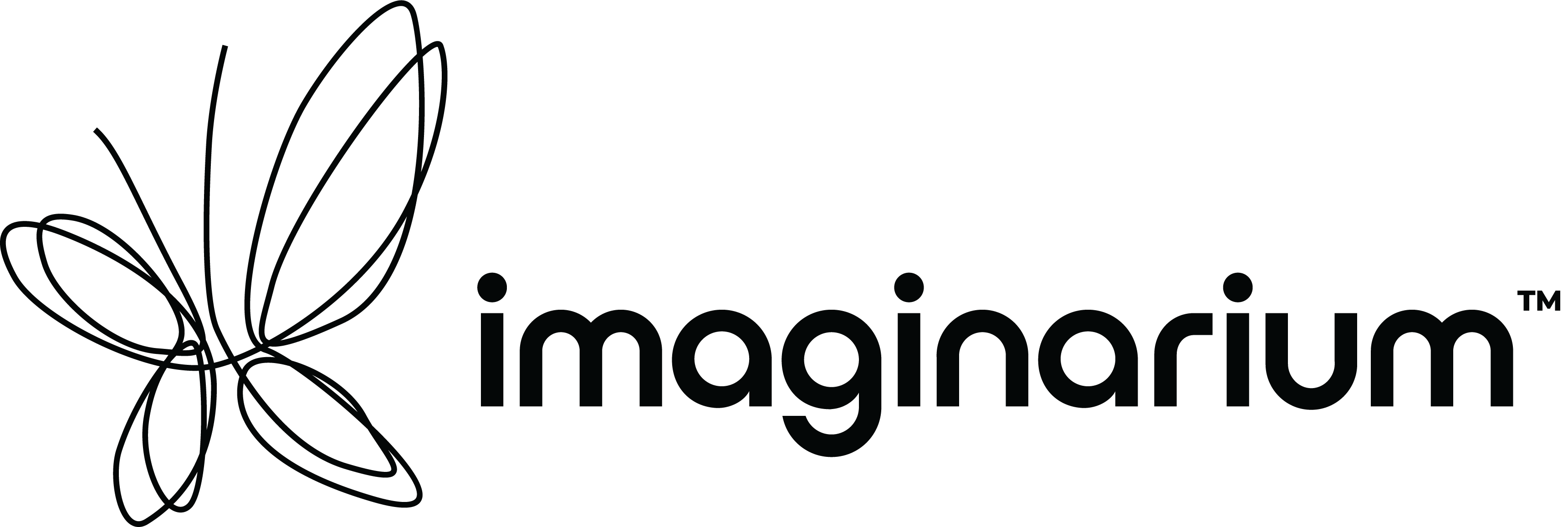New to 3D printing? Here’s all you need to know about the past, present and the future of 3D printing and how it’s slated to change your life forever.
What Is 3D Printing?
3D printing is an advanced manufacturing technology where physical objects are created from digital data, using specialized machines known as 3D printers. These objects are ‘printed’ by the machines by adding one layer of material over the other, giving the object a three dimensional structure. Hence, 3D printing is also known as additive manufacturing. This is in opposition to conventional manufacturing methods which involve cutting and carving, and fall under the umbrella category of subtractive manufacturing.
How Are Objects 3D Printed?
A 3D printer accepts digital CAD (Computer Aided Design) files as input and prints 3D objects based on this data. These files contain three dimensional information about the required object, like it’s shape, size and density. The printer then digitally slices this 3D model into hundreds of 2D layers, and prints the object by stacking one layer of material over the another.
The first 3D printer was designed by Chuck Hull of 3D Systems in 1986, and was used for rapid prototyping.
Several technologies exist for 3D printing. Based on the nature of raw material used as input, these technologies can be broadly categorized as: solid based, powder based, and liquid based. Each categorization caters to several technologies, but the three most prominent ones are as follows:
Liquid Based / SLA: SLA stands for Stereolithography Apparatus. Under SLA, 3D objects are formed by subjecting liquid-based epoxy resins to UV lasers. These resins are placed in a vat chamber and are photosensitive in nature, solidifying immediately on coming in contact with UV light. Since this light source is a laser, this technology is capable of very high resolutions. A variation of SLA is DLP or Digital Light Processing, where the light source is an image projector instead of a laser.
Powder Based / SLS: SLS stands for Selective Laser Sintering. The raw material commonly used for SLS is nylon powder. The power is filled inside a vat and is sintered using high intensity laser light, one layer at a time. Objects printed using SLS are hard and brittle in nature, capable of retaining very fine details and an excellent finish when subjected to post processing.
Solid Based / FDM: Arguably the simplest 3D printing technology, Fused Deposition Modelling printed objects by heating the input filament of material to its melting point and then depositing it one layer over the other using a fine nozzle. FDM is commonly used for small, portable desktop 3D printer, and can print simple, everyday objects like a smartphone cover with ease.
Which Materials Are Suitable For 3D Printing?
A wide range of materials can be 3D printed, the most common ones being plastic, nylon and a range of resins. Other materials include paper, glass, metal and even food! Recents advancements in the field have given rise to a whole to new domain – that of 3D bioprinting, where 3D printers have been utilized to print living tissue and completely functional organs!
Courtesy: Onebeacontech
Applications Of 3D Printing
The ability to create objects from digital data implies that 3D printing has virtually limitless applications in almost every field. 3D printing is being widely used for rapid prototyping, by the virtue of its impressively short design-to-market turnaround time. Automotive, aerospace, white goods and even consumer electronics manufacturers are taking full advantage to rapidly introduce more products to the market within a relatively short span of time.
3D printing also finds applications in healthcare. The medical fraternity is touting it as a revolution in patient specific solutions, with customized prosthetics and implants being made available to more and more people with the help of 3D printing.
Courtesy: 3Dengr
Other industries where 3D printing is slowly but surely making its mark are fashion and infrastructure. The jewellery industry in one of the few that has already adopted this technology as the primary source of manufacturing. Adidas has plans to mass print an entire range of customizable shoes. 3D printed houses are now a reality, companies in China have been able to print low cost structures in incredibly short time.
Challenges & Limitations
Like any other new technology, 3D printing faces 3 major challenges of Awareness, Acceptance and Regulation. A sizeable chunk of manufacturers are still oblivious to this technology, and the ones that are aware are often hesitant to integrate it into their businesses. There is also a need for regulating and standardising practices in 3D printing industry. Policies need to be set in place that will both curb its misuse and also encourage mass adoption.
Future of 3D Printing
According to Wohler’s Report 2016, the market size for 3D printing industry stands at $5.165 billion as of 2015, and is projected to surpass $30.19 billion by 2022. As more and more industries adopt this technology, 3D printing is slated to change the face of consumerism. Everyday products like cutlery, jewellery, decor furniture and possibly even food and designer clothing will be printed right within the confines of home.
Localized manufacturing will largely reduce the cost of logistics and need for inventory. Orders will be ‘printed’ based on demand. Retail will see the rise of mass customization thanks to 3D printing, where every order can be customized as per specification and quickly printed out. With every domain that it touches, 3D printing will slowly change our lives.
Looking for more information on 3D printing? Get in touch with us here.
